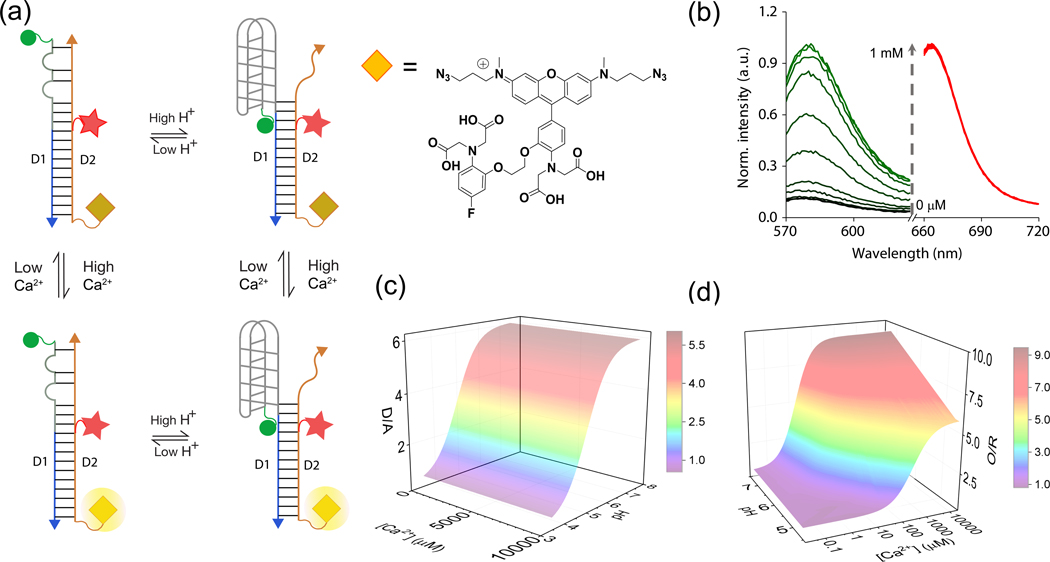Figure-1: Design and characterization of CalipHluorLy.
(a) Working principle of CalipHluorLy. pH-induced FRET between Alexa488 (donor, D, green sphere) and Alexa647 (acceptor, A, red star) reports on pH ratiometrically. A Ca2+ sensitive dye (Rhod-5F, yellow diamond, λex=560 nm) and Alexa647 (λex=650 nm) report Ca2+ ratiometrically by direct excitation. (b) Fluorescence emission spectra of CalipHluorLy corresponding to Rhod-5F (green, O) and Alexa647 (red, R) with increasing [Ca2+] at pH = 7.2. (c) 3D-surface plot of donor to acceptor ratio (D/A) or pH response of CalipHluorLy as a function of pH and [Ca2+]. (d) 3D-surface plot of the Rhod-5F to Alexa647 ratio (O/R) or Ca2+ response of CalipHluorLy as a function of pH and [Ca2+].

